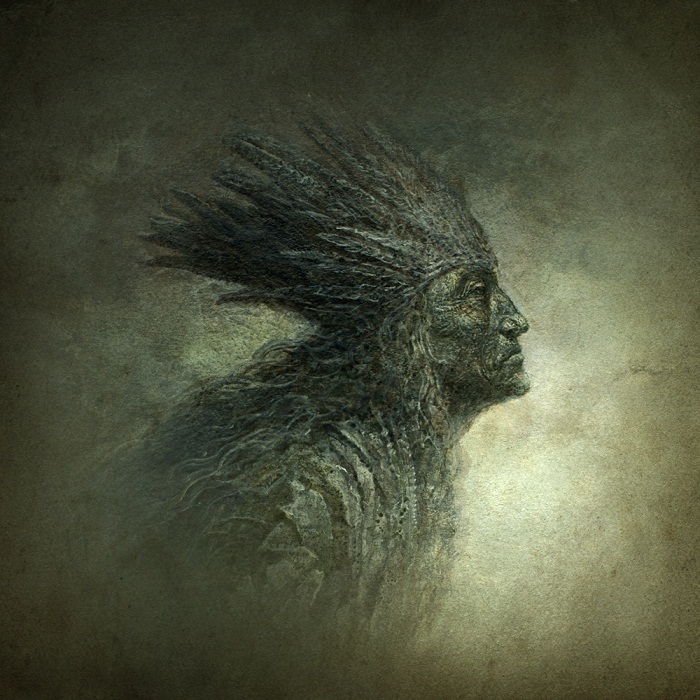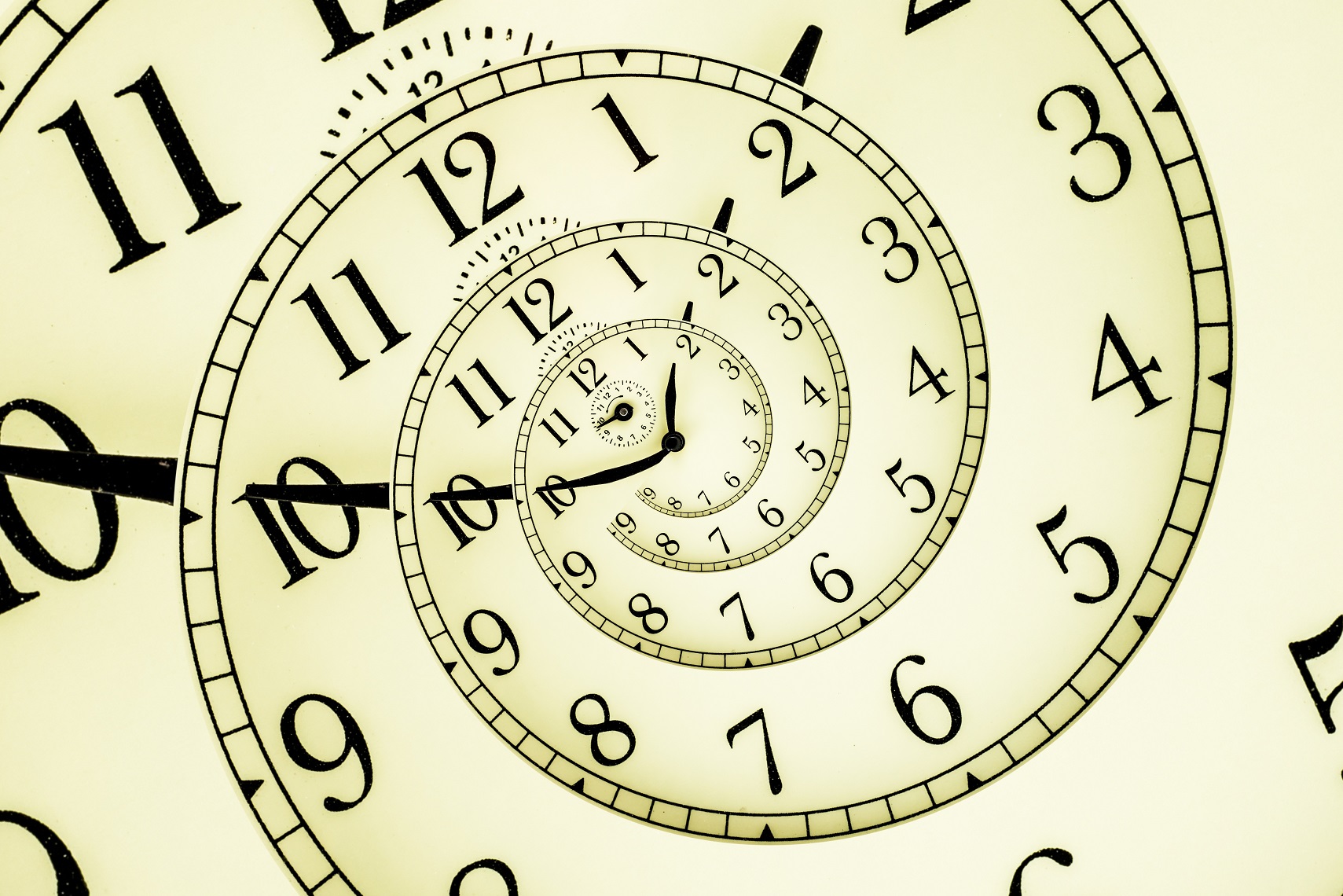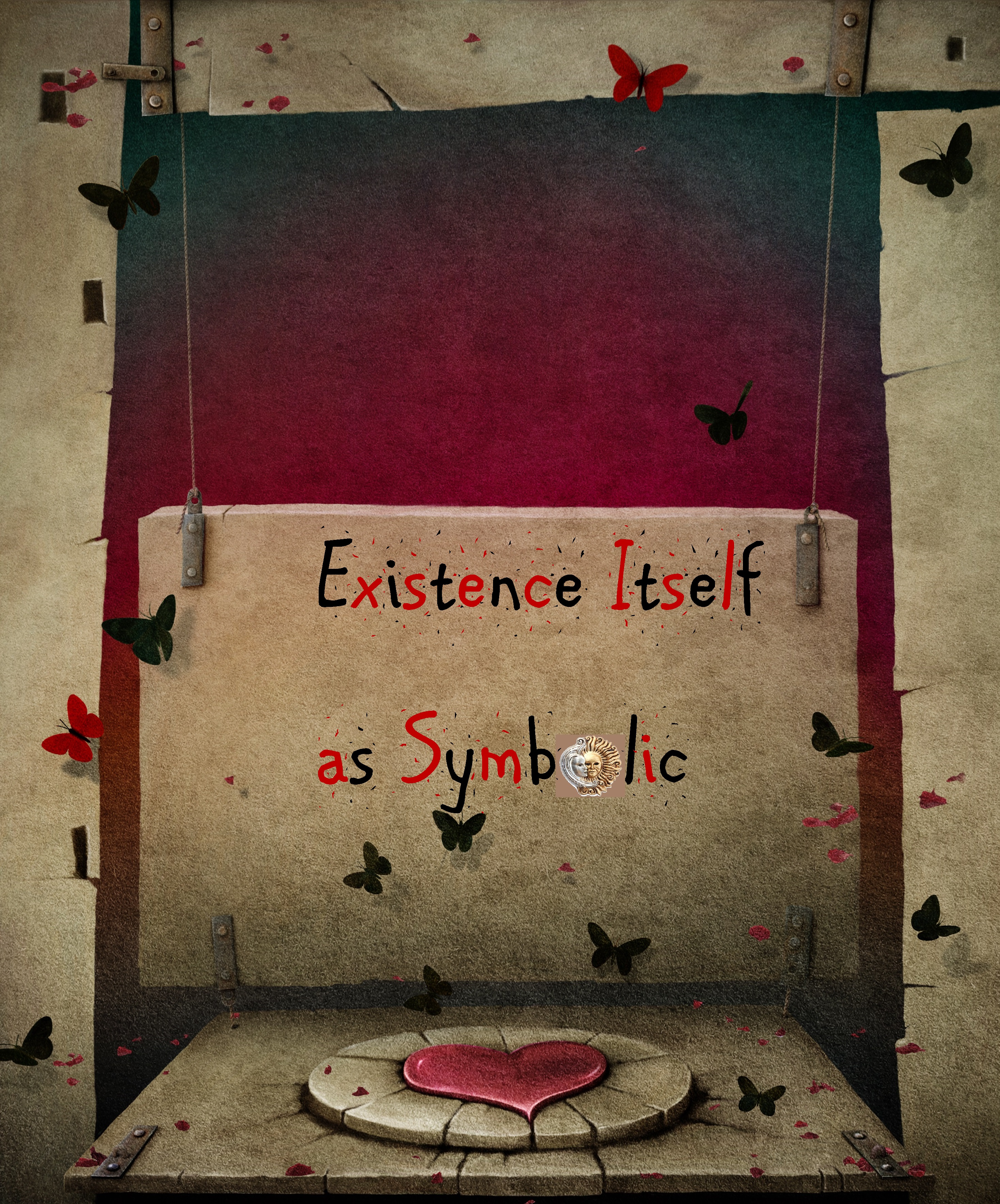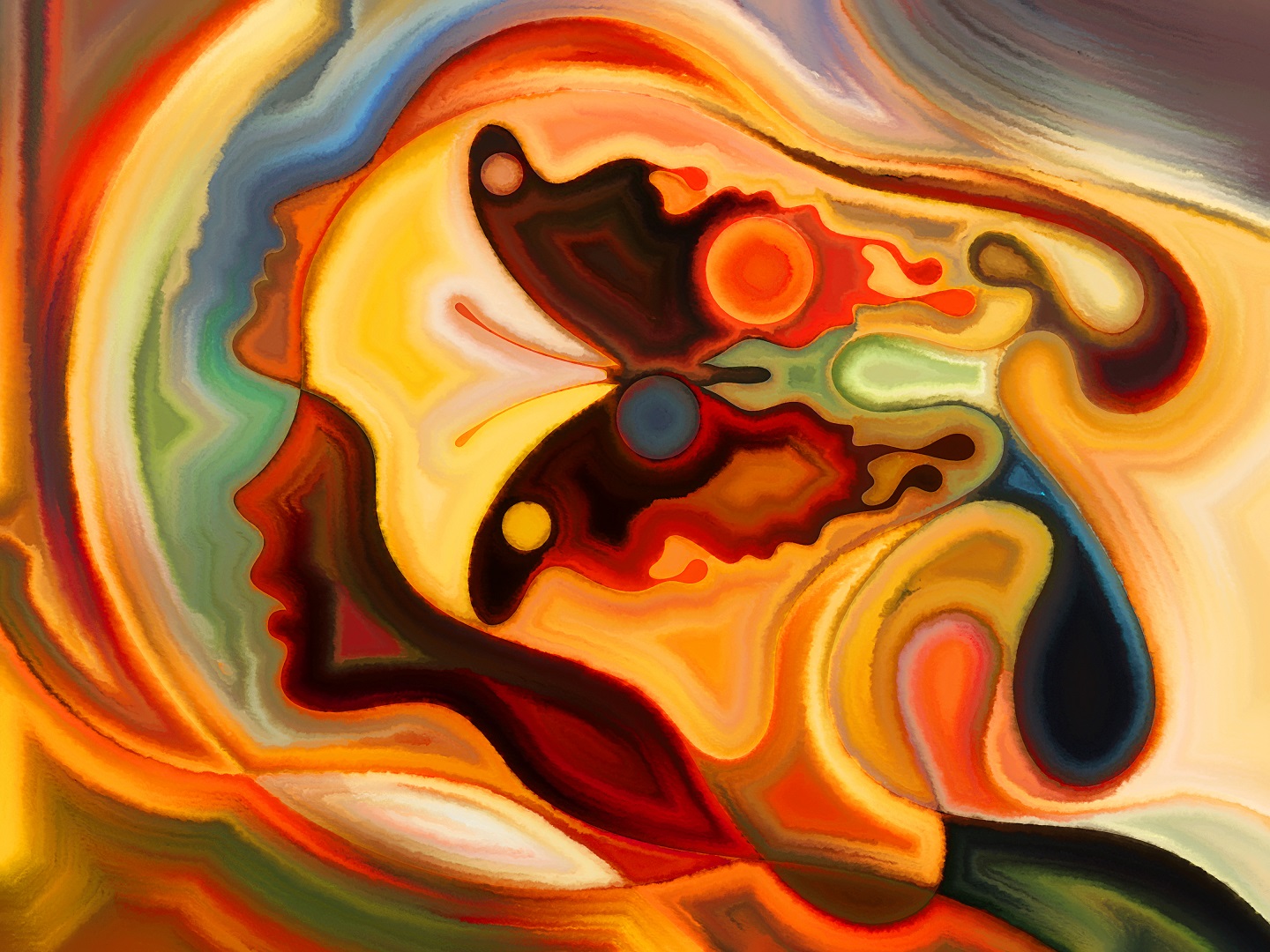
In many aboriginal cultures around the world–the Australians, the Philippine Pygmies, the Negritos of the Malay Peninsula, the Siberians, the Northwest Africans, and the Melanesians–illness is ascribed to fragmentation of the soul from the human body. The idea probably stems from the fact that the world of dreams differs markedly from conscious experience. When we fall asleep, the way in which we act, think, and move in a realm whose mechanics are not the same as those on the phenomenal plane of everyday life might lead to the assumption that we encompass a duplicate ghost-soul within ourselves that can, under certain circumstances, leave the body. The soul-double separates temporarily from the body and goes walkabouts when one experiences dreams, waking visions, or fantasies.
According to primitive cosmogony, the soul-double can become lost or incapacitated in an alternate dimension or “netherworld” if an individual is jolted from their sleep or frightened. Alternatively the division might be caused by badly deposed spirits or disembodied entities lurking in the psychic world or by sorcerers wishing to enfeeble, weaken, or assassinate select natives through successive acts of black magic. Whatever the case may be the soul-double is unable to reunite with its other half. In such cases a group healer, usually a shaman, will assume the role of intercessor for the sake of curing the patient by finding the lost soul-double and reuniting it with its estranged counterpart. Usually the shaman will enter an altered state of consciousness, an ecstatic trance so to speak, and seek out the patient’s lost soul-double by traversing the spiritual realm. An experienced practitioner can detect and hone in on a lost soul in the manner that a Great White Shark can pinpoint the position of an animal bleeding within a five kilometre radius of its own aquatic location. If the supernatural cause is related to spirit-activity, the shaman will attempt to placate their wrath by bringing gifts of some kind. In the case of more malevolent entities where negotiation isn’t possible he might have to conjure an army of benevolent ones to wage war against the former and claim back the soul-double. A cure is affected once the shaman reclaims the soul-double and infuses it back into the physical body of the patient.
Naturally imperceptible phenomena such as the anatomy of the soul, its destination, causality, curability, and methodology in administering a cure all vary from culture to culture and sometimes even between individual groups of the same culture. The Quechua Indians of Peru, for instance, rely simply on magical invocations or conjurations to cure soul-loss conditions related to Susto (fright). The soul-loss phenomenology of these people was studied by Dr. Federico Sal y Rosas in extensive detail. Between the years 1935 and 1957 he transcribed 176 such cases, claiming that the treatment was often successful in restoring vitality and health to patients that were in effect suffering from psychological conditions like anxiety, melancholy and hysteria or somatic diseases like tuberculosis, anaemia, and starvation. Sal y Rosas makes no attempt at an explanation which might shed light upon the high success rate from a medico-scientific standpoint, though he seems genuinely impressed by the efficacy of Jani, a word used by the Indians to denote the lost soul, the ailment itself, and the cure. One fascinating account of Jani is transcribed below:
Quechua Indians believe in Susto. What is Susto? It is the condition of losing your soul through an unfortunate incident that is either self-induced or forced. Fright, for example, whether it is caused by the sight of a dangerous animal like a snake, bull, or by a clap of thunder ripping through the skies, can tear the soul from the body. Forced incidents involving the involuntary abduction of the soul are caused by evil spirits wishing to harm the person. The Quechuas show a profound respect and reverence for the Earth; it is the hand that feeds us and facilitates our very existence. Proceeding from such logic, the Indians believe that any such incident of disharmony between the soul and the human body must originate from the Earth itself. Hence to obtain the antidote and restore health to the sufferer the earth itself must be propitiated.
In some rare cases Susto is not preceded by a fright of some sort. The best way to diagnose Susto then is to watch for a gradual deterioration of physical health heeded by symptoms like weight loss, disorientation, confusion, and depression which the Indians call Michko. The presence of the disease is validated by a priestess, a curandera, who will scrub the patient with a live guinea pig so violently that the animal is left lifeless. What follows next is gruesome and rather savage; the curandera tears the skin off the animal’s corpse and lets the blood dribble into a stone bowl full of water. By scrying the mixed contents of the bowl she comprehends the oracular diagnosis and conveys the information to the sufferer. Once the presence of Susto is confirmed the healing process called the Shokma can commence. First, the curandera massages the patient with an assortment of flowers and grains whilst chanting magical verses. Then she surrenders her position to a male healer, a curioso, who takes the anointed materials to perform the second and most significant part of a ritual seeking to restore the lost soul.
On the same night, the patient is visited by the curioso. The latter readies the house for the return of the soul-double by wrapping the anointed materials in a piece of the patient’s clothing and taking them with him to an area where the fright occurred or alternatively a zone that is known to elicit such sentiments. He also leaves the front door to the home ajar and traces a white line along the ground which acts as a mooring post for the lost soul to find its way back to the body. The curioso traces out the shape of a cross on the ground, stands at its centre and hurls the flowers and grains towards the earth in order to consummate the propitiatory act. Whilst all this is happening he will also appeal for the return of the lost soul by calling its name out aloud five times. The minute he receives an answer to his call, usually on the fifth attempt, he ventures back to the house of the patient by way of the white track. During the time that the curioso has been away enacting the initiatory stages of the second part of the rite the one hoping to be healed should be fast asleep. This freely enables the curioso to show the lost soul, now beside him, a viable entry point back into the body of its owner through the extremities, the feet. According to the natives this act is corroborated by a genuine dream experienced by the patient indicating that his own soul has now returned to the confines of his own mind-space in the form of a totem animal. The curioso then departs from the house in an inconspicuous fashion, walking backwards so that the reunion between soul-double and individual is not disrupted. It is not permissible for relatives and friends to commune with the patient until the following day. In most cases they will find that the treatment has succeeded and that the individual has reacquired a healthy aura and robustness.
Back then, when the conscious had not properly separated from the maternal unconscious, healing was a question of traversing the ethereal realms to snatch back a soul-double that had been either lost or stolen and then re-harmonizing it with the requisite physical body. In this day and age it’s all about contacting levels of “self” deemed healthy by a psychoanalyst and bringing them out so that they may surmount and assimilate impoverished, estranged, or disenfranchised portions of the ego believed to be psychotic or schizoid in nature. Which of the two perspectives is more correct? The first? The second? Both? Neither?









